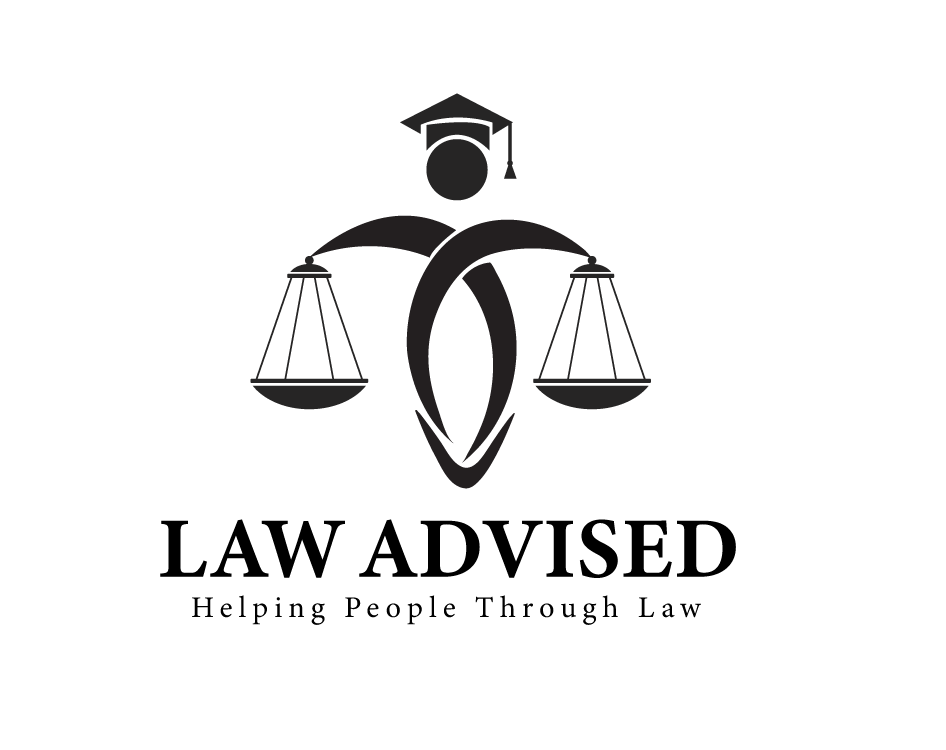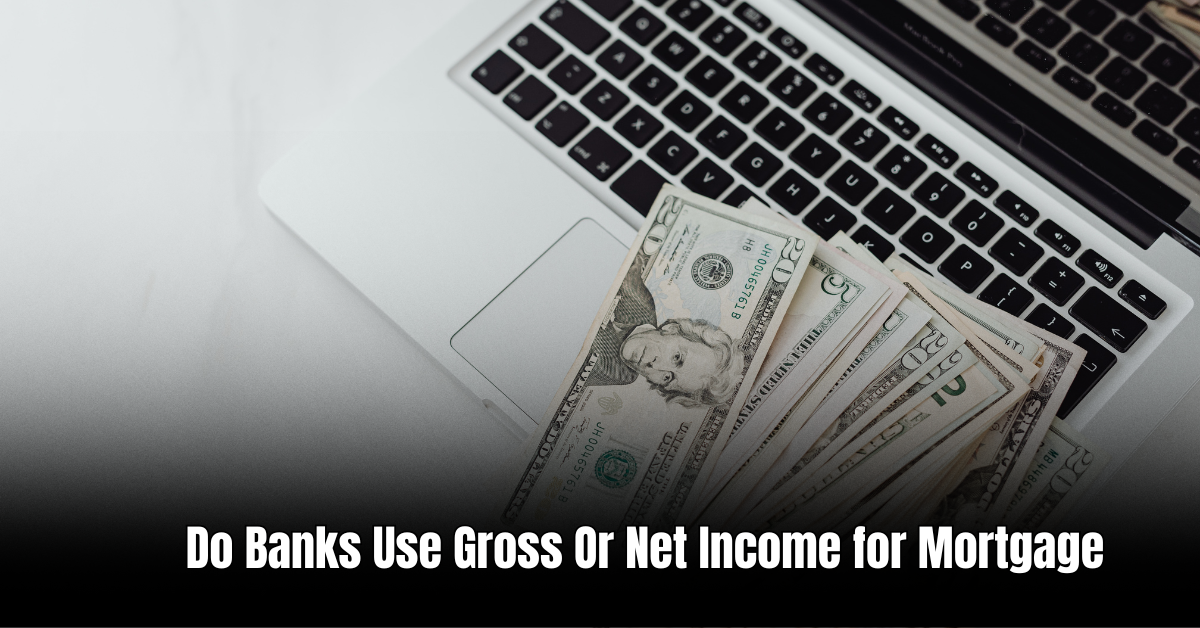Are you wondering what an upside down mortgage is? Don’t worry, we’ve got you covered!
An upside down mortgage, also known as negative equity, occurs when the outstanding balance on your mortgage loan is higher than the current value of your home. In other words, you owe more on your mortgage than what your home is worth. This situation can be quite challenging for homeowners and can have significant financial implications.
Here’s a simple example to help you understand upside down mortgages better: Let’s say you purchased a home for $300,000 and took out a mortgage loan of $250,000. However, due to changes in the housing market or other factors, the value of your home has decreased, and it is now appraised at only $200,000. This means you owe $250,000 on your mortgage, but your home is worth only $200,000, leaving you with negative equity of $50,000.
Causes of Upside Down Mortgages
Upside down mortgages can occur due to several reasons, including:
- Decline in the housing market: If property values in your area have significantly decreased since you bought your home, it may result in negative equity.
- High loan-to-value ratio: If you made a small down payment when purchasing your home, combined with a decline in property values, it can lead to an upside down mortgage.
- Refinancing: If you refinanced your mortgage with a higher loan amount and the value of your home subsequently dropped, you could end up with negative equity.
The Challenges of Upside Down Mortgages
Now that we understand what an upside down mortgage is, let’s explore some of the challenges it presents:
- Difficulties in selling your home: If you need to sell your home but it is worth less than your mortgage balance, you may face challenges in finding a buyer who is willing to pay the full amount.
- No equity for future purchases: Negative equity can make it difficult for you to use your home’s equity for future endeavors, such as borrowing against it or using it as collateral for another loan.
- Financial implications: With an upside down mortgage, you are at a higher risk of foreclosure if you face financial difficulties and cannot make your mortgage payments.
- Inability to refinance: Lenders are generally hesitant to refinance an upside down mortgage, as it poses a higher risk for them.
Options for Dealing with an Upside Down Mortgage
While upside down mortgages can be challenging, it’s essential to know that there are options available to homeowners. Here are a few potential solutions:
| Potential Solutions | Description |
|---|---|
| Making additional payments | By making extra payments towards your mortgage principal, you can reduce your loan balance and work towards positive equity over time. |
| Loan modification | Your lender may be willing to modify the terms of your loan, such as reducing the interest rate or extending the loan period, to make your payments more manageable. |
| Short sale | With your lender’s permission, you can sell your home for less than the outstanding mortgage balance. The lender agrees to accept the proceeds as full payment, potentially freeing you from the negative equity burden. |
| Refinancing options | Explore refinancing options with different lenders who may be more flexible in dealing with upside down mortgages. |
It’s important to note that each option comes with its own advantages and considerations, so it’s crucial to seek advice from financial professionals or housing counselors to determine the best course of action.
Preventing an Upside Down Mortgage
While it may not always be possible to prevent an upside down mortgage, there are steps you can take to minimize the risk:
- Research the housing market: Before purchasing a home, research the current market conditions and trends in your area to make an informed decision.
- Make a larger down payment: Increasing your down payment can help prevent negative equity in the future.
- Consider home equity carefully: Be cautious when using your home’s equity for other purposes, as it can increase your mortgage balance and put you at risk for negative equity.
Remember, managing your finances wisely and staying informed about the housing market can go a long way in preventing or effectively dealing with an upside down mortgage.
In conclusion, an upside down mortgage occurs when you owe more on your mortgage than your home is worth. It can present significant challenges, but there are solutions available. If you find yourself facing negative equity, explore your options wisely and seek professional advice to navigate through this situation.
Frequently Asked Questions On What Is Upside Down Mortgage : Understanding The Upside-down Home Loan Dilemma
What Is An Upside Down Mortgage?
An upside down mortgage is when the outstanding balance on a homeowner’s mortgage is higher than the current value of their property.
How Does An Upside Down Mortgage Happen?
An upside down mortgage typically occurs when property values decline or the homeowner takes out additional loans against their property.
What Are The Implications Of An Upside Down Mortgage?
Having an upside down mortgage can make it difficult to sell the property or refinance, as the outstanding balance may exceed the sale price or appraisal value.
Can I Still Sell My Home If I Have An Upside Down Mortgage?
Yes, you can still sell your home with an upside down mortgage, but you may need to negotiate with your lender or be prepared to bring additional funds to closing to cover the shortfall.
Ismail Hossain is the founder of Law Advised. He is an Divorce, Separation, marriage lawyer. Follow him.




Leave a Reply